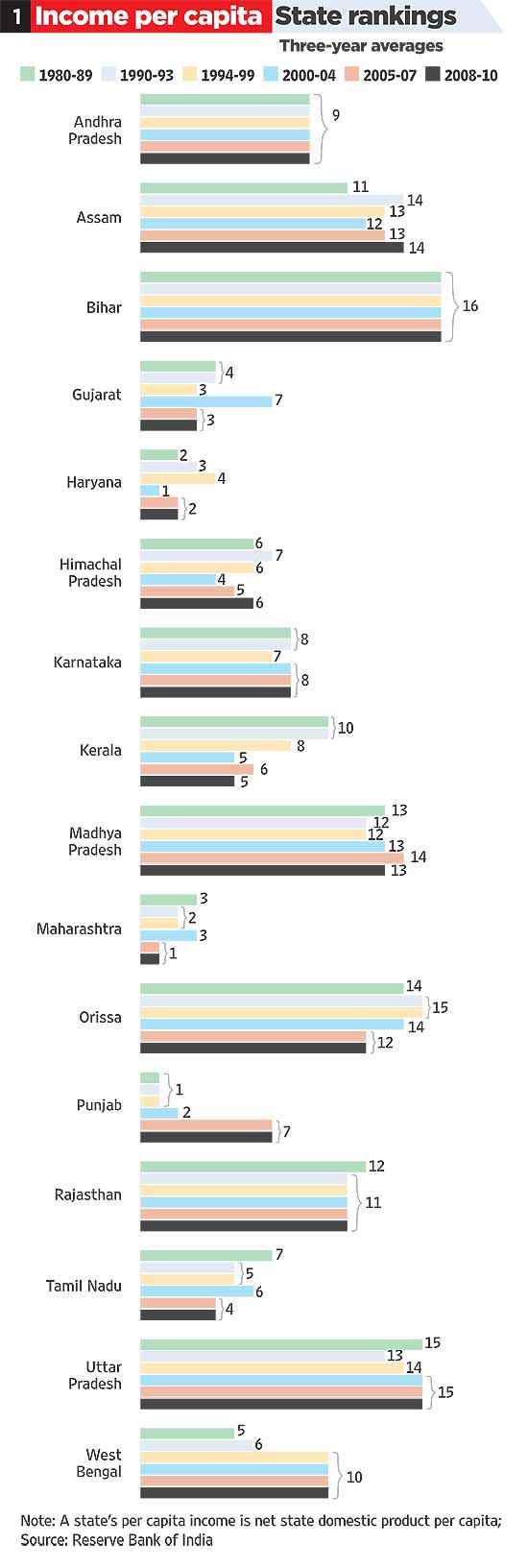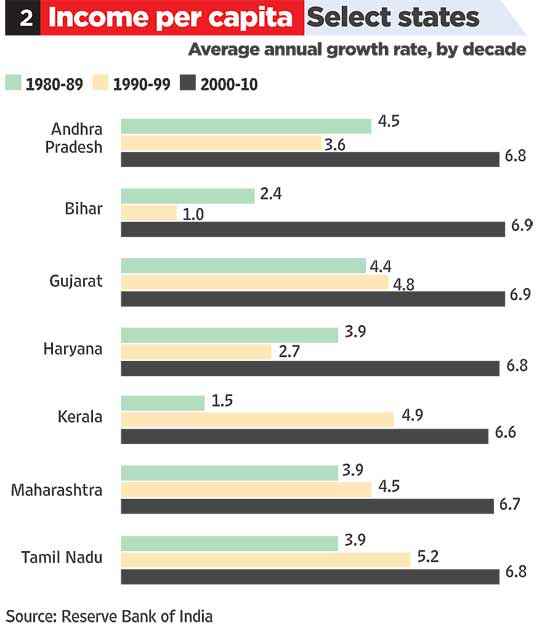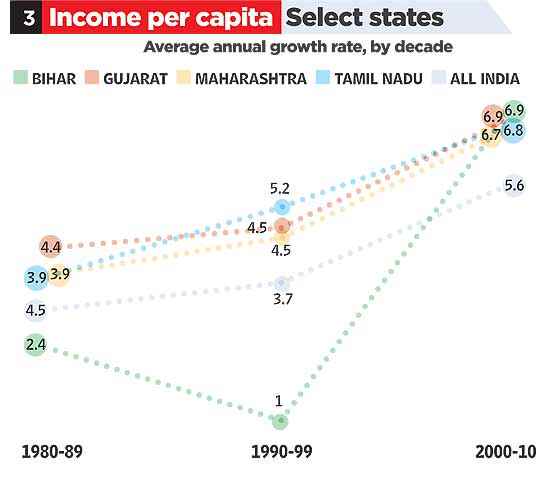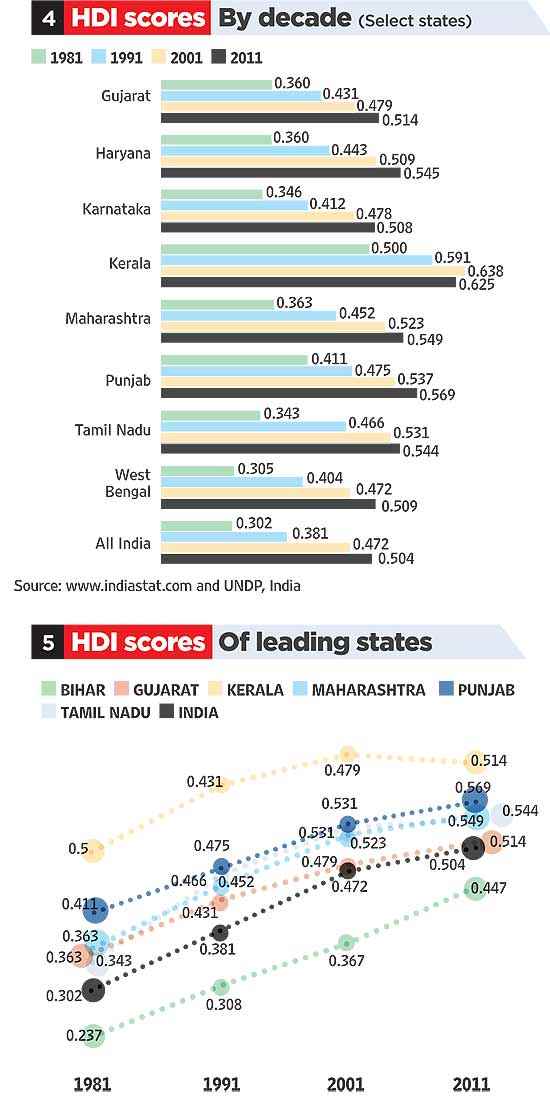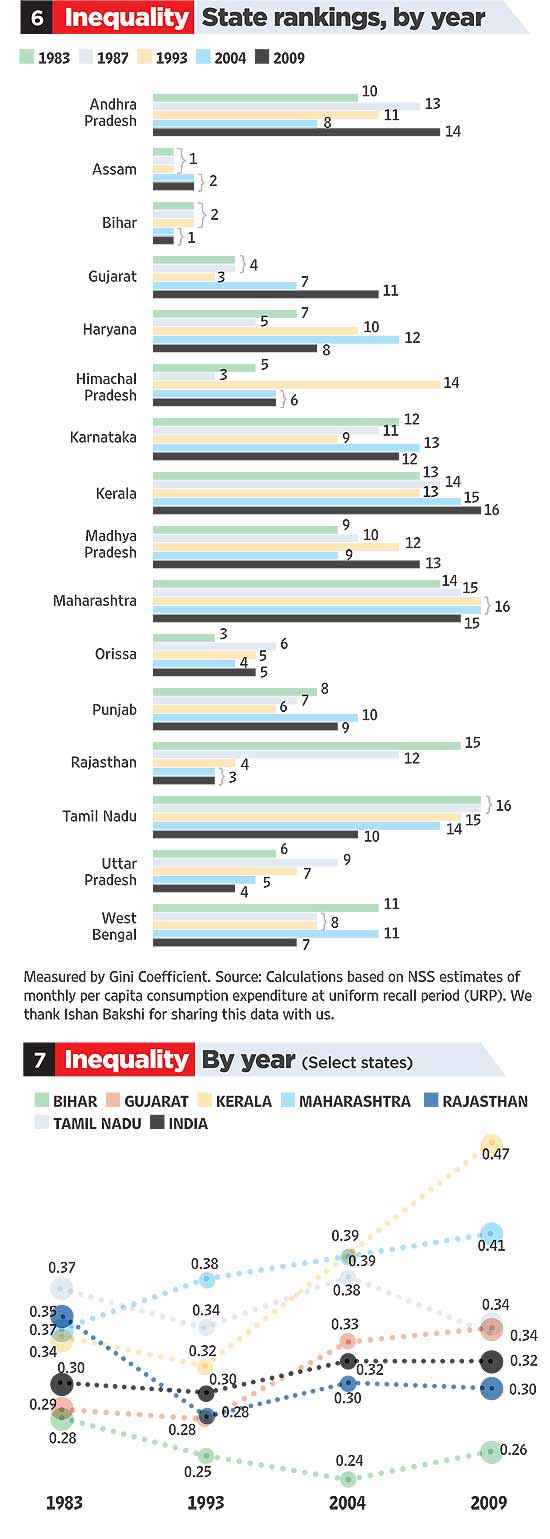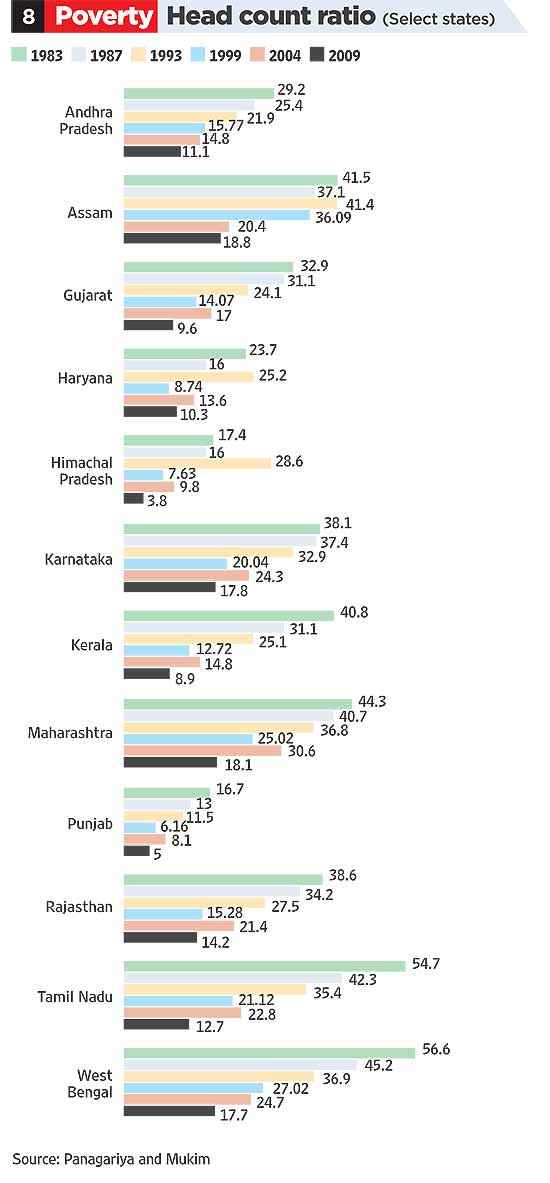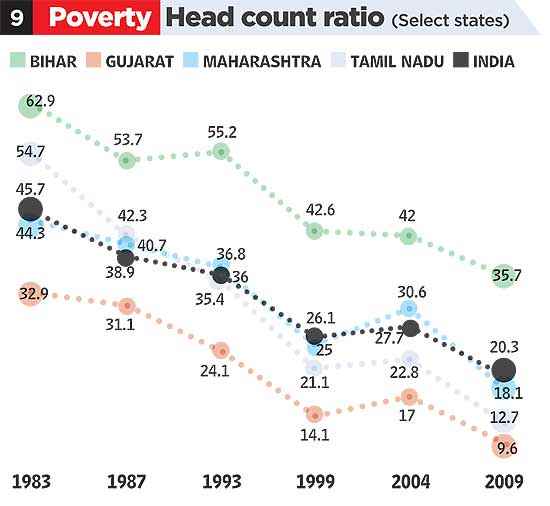Elite sportsmen today don't lack motivation, nor do they need to be whipped into shape. What they need from their coaches is tact, judgement and clear speaking
Ed Smith
March 30, 2014
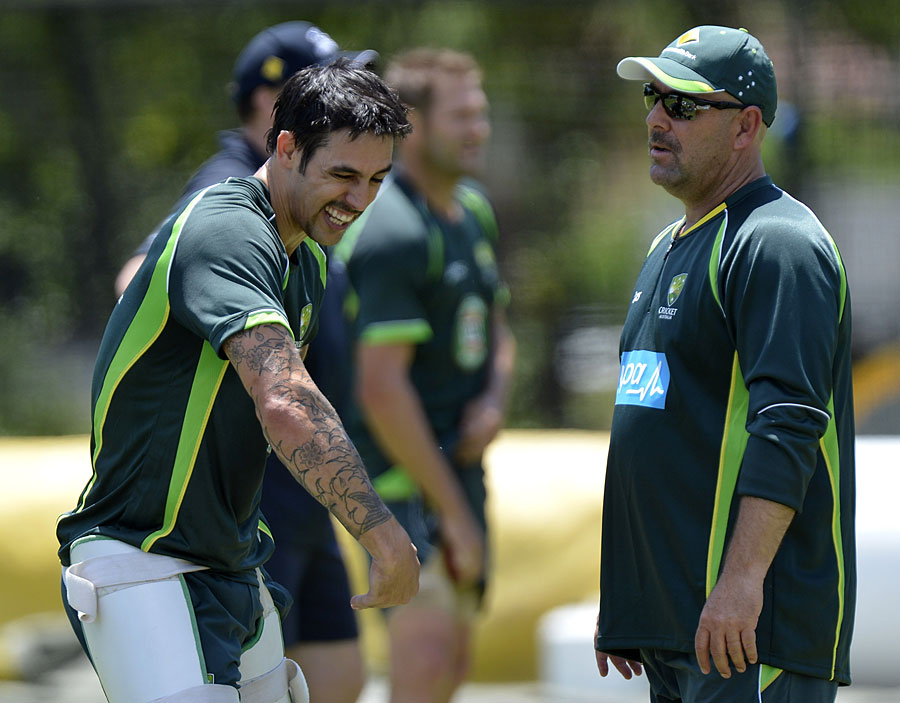
| |||
Imagine you are about to make a putt to win the Masters. The gallery is packed, millions are watching on TV, there is an eerie silence as the Georgia sun sets. You stand over a nasty ten-footer, the moment of truth. And then, at the peak of concentration, you see your coach jumping up and down, beating his chest, shouting at you, "Just don't miss! Put it in the hole! Show some guts! Don't back down now! Make bloody sure you don't bottle this one! What kind of man are you?"
Now imagine you are the first violinist, about to make your debut at the Royal Opera House. Just before the first chord, with the curtain about to rise, the conductor turns to you and whispers, "If you make a mistake today, any mistake at all, I'll stab you in the eye with my baton. Now let's play Don Giovanni with freedom and expressiveness!"
And how would you treat a surgeon about to conduct a life-saving operation on your wife or child? Would you threaten, bully and intimidate the doctor? Or would you try to avoid adding further anxiety to an already fraught situation? In all these three situations it is widely accepted that no sane coach, mentor or observer would seek to add to the anxiety or effort of the protagonist. It is taken as a given that the golfer, surgeon or musician is already trying hard enough - perhaps too hard.
And yet in most sporting contexts, the default position of coaches - and pundits who judge coaches in the media - is to assume that the problem afflicting a team or an individual player is usually caused by a lack of effort. If only players cared more, tried harder, felt disappointment more deeply. That sentiment, so widespread in sport, gives rise to the knee-jerk response: give them all a good bollocking; expect there will be plenty of strong words in the dressing room after that shot; wouldn't want to be standing near the manager at half-time.
We will soon look back on that view of how to improve professional athletes as comically old-fashioned, a cul-de-sac in the evolution of elite sport. After all, epic levels of discipline and commitment are non-negotiable if you want to survive as a professional sportsman today. The era of flabby, lazy athletes coasting through their careers while focusing more intently on hard living and nightclubs is pretty much over. Today's professional athletes are generally exceptionally disciplined, committed and determined. Given the scrutiny they face and the scientific testing of their bodies, there is no alternative. As a consequence, the "edge" - as gamblers describe the tiny opportunities for strategic advantage - will not reside in bullying and shouting at players but in honing their skills and freeing up their talents.
| In most sporting contexts, the default position of coaches - and pundits who judge coaches in the media - is to assume that the problem afflicting a team or an individual player is usually caused by a lack of effort: if only players cared more, tried harder, felt disappointment more deeply | |||
It is time to re-classify elite sport and stop seeing sportsmen as a rabble of unmotivated wastrels in search of a sergeant-major to whip them into shape. Athletes in highly skilled sports, in fact, have more in common with surgeons and violinists. They need mentors, wise advisors, trusted confidants. Consider the art of batsmanship. What kind of discipline is it? It requires touch, feel, finesse, trust, freedom, poise and balance. On a spectrum (with skill at one end and brute force at the other) batsmanship has more in common with playing a musical instrument than it does with punching someone in the face.
There is surprisingly little consensus about how to help elite performers to get better. Musicians, once they have reached the top, tend not to have full-time professional coaches. They rely instead on trusted mentors, people who might spot a tiny difference or lack of form. They refer to these mentors as their "outside ears", as top musicians admit that what they hear in their own heads can be different from the "real" music that reaches the audience. The mentor, though not in a position of authority over the artist, is able to see and hear with objective clarity. The relationship is based on trust not power.
Something similar - though it is called "coaching" - happens in many individual sports. In golf and tennis, the coach works for the athlete, not vice versa. This is not only a reflection of economic forces. When Roger Federer hired Stefan Edberg, he did not want the Swede to shout at him, "Try harder, Rog!" That would be useless, indeed counter-productive. Federer sought a new dimension to his net play, and Edberg, as the greatest volleyer of his generation, was asked to supply his unique perspective. The foundation of the relationship was knowledge and mutual respect.
In team sports, there is obviously a complication. The coach is usually the selector, collective tactician, and effectively in charge of hiring and firing. That changes the coach-player relationship. But not entirely. Over the long term, the best way for a coach to win the support of his players is to convince them that he can help them to play better. Appealing to their rational self-interest is the most reliable way of getting athletes on side.
The problem, of course, is that helping players score more runs and take more wickets is a rare and difficult skill. It requires astute observation, tact, judgement, and a talent for clear exposition and metaphor. Good coaches are able to articulate the same point in many different ways - until, finally, one phrase or description clicks for the athlete. A great coach, then, has more in common with a teacher than a conventional boss or employee. Ultimately, his contribution is expressed through the sum total of the improvements he makes to his players.
I never met a sportsman who preferred failure to success, nor one who didn't suffer pain at disappointment. Rare is the modern sportsman who is indifferent about the chance to get better. In today's ultra-professional and highly disciplined era, the starting point for all coaches should be the presumption: these people want to get better, how can I help them?

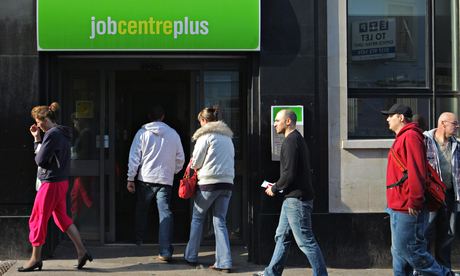




 TFT Issue: 21 Mar 2014
TFT Issue: 21 Mar 2014
